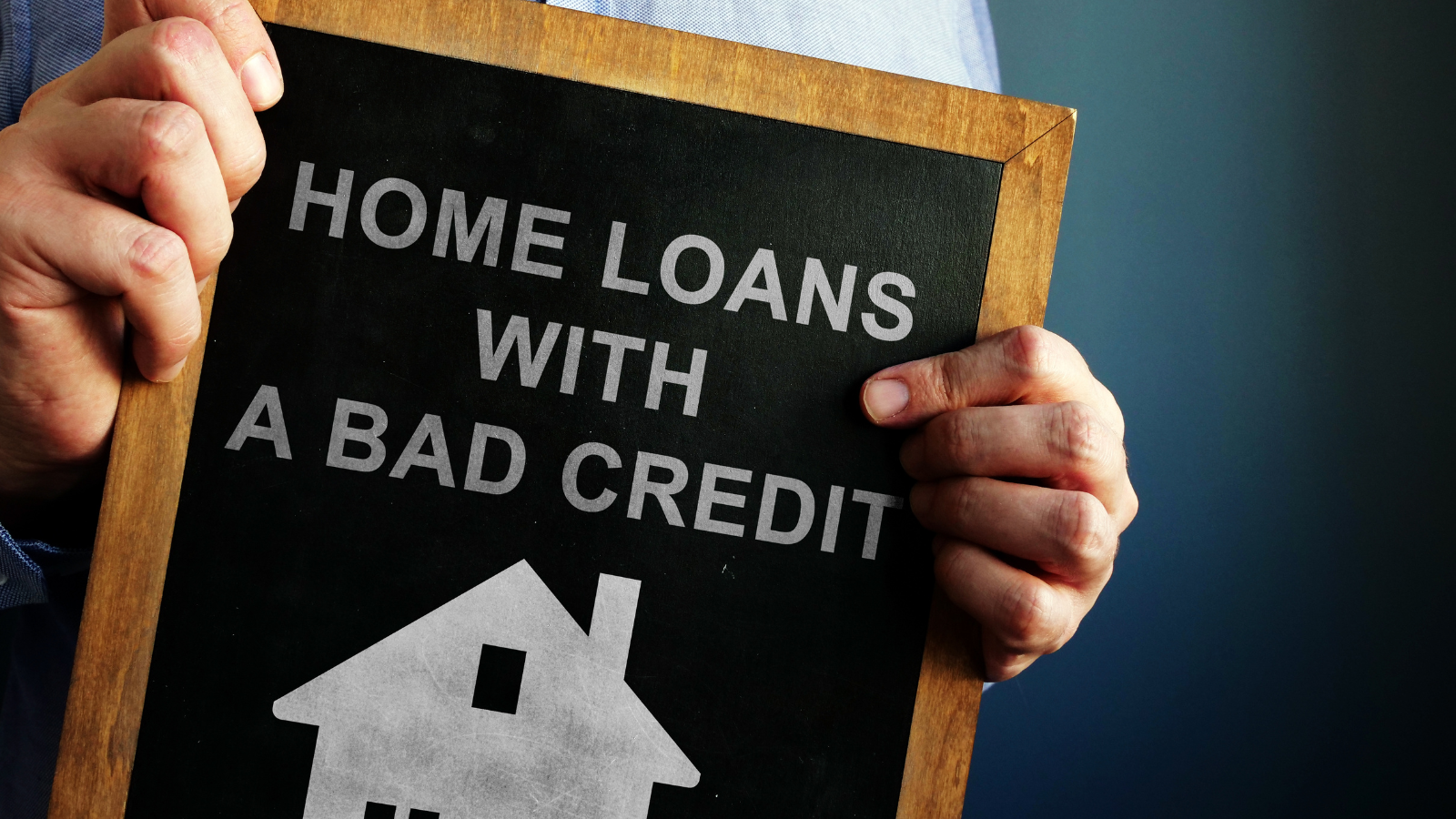
Let’s talk about the state of the rate!
In order to find out how the current Stress test rate impacts you, first you need to determine if you’re an insured or uninsured borrower.
Option one: Do you have less than 20% down? Securing an insured mortgage, otherwise known as a high ratio or insurable mortgage, means you have less than 20% down on your mortgage and it will be backed by the Canadian Mortgage Housing Corporation (CMHC), Genworth, or Canada Guaranty. The insurance premium is a one-time amount added to your final mortgage balance, a mortgage with less than 20% down is required to have insurance.
This insurance is also referred to as default insurance which protects the mortgage lender in case there is a loss as a result of mortgage foreclosure. Both the lender and the insurer need to approve your application. The maximum home price allowed for an insured mortgage is $999,999.99 and the maximum amortization for an insured mortgage is 25 years. Qualifying with less than 20% down, all insured mortgages need to use the qualifying rate which is currently 4.79%, or the contract rate + 2%, but given where rates are, most are qualifying at the stress test qualifying rate. Just a quick note, these steps apply to primary residences or secondary homes only—this cannot be a rental or investment property. When you qualify, we will then start to shop the market for you to get the best financing options. Once we find the right fit and you agree to the mortgage terms, the rate presented to you is called your contract rate, and it’s what your mortgage payments are based on
Option 2: If you have more than 20% down, you will generally secure an uninsured mortgage, often known as a conventional or uninsurable mortgage, which means you are applying for a mortgage when one of the following criteria are met:
- A purchase of $1,000,000 or more
- You have a minimum down payment of 20% or greater
- You are purchasing a primary residence or an investment property (rental)
- You are refinancing (replacing your current mortgage loan and increasing the loan amount and at times “re-setting” the amortization up to 30 years)
- You have an amortization of greater than 25 years if you so choose
If you have more than 20% down your uninsured mortgage is mandatory to qualify using the higher of the two rates or contract rate plus 2% or the 4.79% qualifying rate whichever is greater. Only one level of approval is required from the actual mortgage lenders, these mortgages can have 30-year amortizations and have a home value of any size, conventional/uninsurable mortgages are higher risk for lenders without the protection of default insurance, hence the rates tend to be slightly higher for a conventional deal.
So, what does this mean with the recent announcement that the Bank of Canada has lowered the stress test rate?
The stress test rate previously sat at 4.94%, and it’s now dropped to 4.79%, which means you now have increased borrowing power. Just how much increase borrowing power, you ask? Well, typically (in most scenarios) this will mean that you may now have between 1-1.5% more purchase power pending on your down payment
Let’s take a look at an example and break it down for you so that you can see what this actually looks like:
- Under the old stress test qualifying rate, a borrower who earned $100,000 a year and has a 10% down payment would have been stress tested at 4.94% and be approved for a loan on a home valued, up to $523,410.
- At the new stress test qualifying rate, the same borrower would be approved for a loan on a home costing up to $531,230. That is a difference of $7,820!
Sherry Cooper chief economist at Dominion Lending Centers stated in an interview that:
“…the move is good for buyers in that it will make it a touch less difficult to qualify for a loan, people will be able to borrow a bit more money.” She said she observed that the qualifying rate was quick to move on the way up, but it’s been much slower to come down, even as interest rates have tumbled because of the pandemic.
“So, it’s good to see the qualifying rate come down to something closer to what’s actually happening in reality with record low interest rates, it’s hard to argue that housing hasn’t become more affordable.” she said.
If you are thinking about buying or if you know someone who is, and you want to find out some numbers, why don’t you give us a call or send us an email (or check out our how much house can you afford calculator) and see how much you qualify for! We would love to work with you and help you secure a mortgage that’s right for you!



